2017 Sony World Photography Awards shortlist announced
 |
Alex Andriesi, Romania,
Shortlist, Open, Enhanced, 2017 Sony World Photography Awards
The World Photography Organisation has announced the shortlisted photographers for what it claims is the world’s largest photography competition – the Sony World Photography Awards. The WPO says that it received 227,596 images in total across categories for amateurs, professionals and students. Photographers from 60 countries are represented among the shortlisted and commended photographs, while entries from 183 countries were submitted.
Professional photographers are competing for the top prize of $ 25,000 plus Sony digital camera equipment, while the best amateur entry will win $ 5000 plus Sony kit and the best student will collect €30,000 of Sony equipment for his or her educational establishment.
The overall and category winners will be announced at a ceremony in London in the 20th April and an exhibition of the winning images will be displayed at London’s Somerset House. Martin Parr has been announced as the winner of the Outstanding Contribution to Photography Prize and will be exhibiting alongside the winners, as well as holding a talk.
For more information, and to see a gallery of all the shortlisted and commended images, visit the World Photography Organisation website.
Press Release
Shortlist revealed for 2017 Sony World Photography Awards, the world’s largest photography competition
- Shortlists for Professional, Open, Youth and Student Focus competitions revealed
- Awards’ 10th anniversary sees record number of participating photographers
- Photographers competing for cash prizes and Sony digital imaging equipment
- Overall winners revealed April 20, 2017
- Winning and shortlisted images to be exhibited in London April 21 – May 7, 2017
Celebrating its 10th year anniversary, the Sony World Photography Awards is the world’s largest photography competition. The awards recognize and reward the finest contemporary photography from the last year entered into any of the awards’ four competitions.
“There was a truly global reach to the Sony World Photography Awards judging this year- the images were more diverse and broad ranging than I have ever seen before. In its tenth year, I can confidently say that the Sony World Photography Awards and the fine art of photography are doing extremely well.” Zelda Cheatle, Chair of the Professional jury / Curator (UK)
February 28, 2017: The shortlisted (top 10) and commended (top 50) photographers for all categories of the 2017 Sony World Photography Awards, the world’s largest photography competition, are announced today. Photographers entered 227,596 images across the awards’ Professional, Open and Youth competitions – shining a spotlight on the medium of photography and the beauty of its art.
Produced by the World Photography Organisation, 2017 marks the 10th anniversary of the awards and a decade-long partnership with its headline sponsor, Sony.
The Sony World Photography Awards’ shortlist represents the world’s finest contemporary photography captured over the last year, and displays a huge diversity of extraordinary images in terms of genres, styles and subject matter. Forty-nine countries are represented on the shortlist, reinforcing the awards’ international appeal and unique ability to present the greatest images taken by photographers from all corners of the world on a truly global scale. Photographers from a further 11 countries are seen within the commended list.
The shortlisted photographers across the Professional, Open, Youth and Student Focus competitions impressed the judges with solid narratives and strong visual language complementing the subject matters. Within the shortlist are stunning architectural images and subtle landscapes alongside extraordinary series depicting the dominating world events of the last year. Stand out subject matters include a touching insight into the domestic life of women in Saudi Arabia, heartfelt confessions of Chinese school children, Russian body builders preparing to flex muscle on stage and an intimate series of a private battle with a rare medical condition.
Key shortlists facts and stats
- Strong increase in entries on 2016 from Asian and South East Asian countries including; China (90 %); Myanmar (183 %) Vietnam (108 %); The Philippines (71 %); and
- Hong Kong (73 %).
- Youth competition saw a 56 % increase in entries on 2016.
- Entries to the Open competition increased 11 % on 2016.
- Professional competition saw a 13 % increase in the number of photographers entering their work.
- 183 countries were represented in the submissions – with the most entries coming from (in descending order): China, United Kingdom, Italy, United States, Germany, Russia, India, Spain, France and Poland.
- 49 countries are represented on the shortlist, with the most shortlisted photographers coming from Italy (22), Germany (17), UK (15), China (14) and Russia (11)
- Armenia, Cuba, Iceland and Saudi Arabia represented for the first time on the shortlist.
To view the commended photographers of the Open competition please go to www.worldphoto.org/winners-galleries
Commenting about this year’s shortlist, Scott Gray, CEO, World Photography Organisation, notes: “This year, more than any other, the entries to the Sony World Photography Awards have shown great integrity and are characterized by their considered approach. Beautiful works of photographic art, not snapshots, have been presented to the judges and I am delighted to see that our esteemed juries have chosen to reward the pure skill, artistic interpretation and thoughtfulness of the photographer, rather than simply the subject matter the photographer has captured.
He continues: “The Sony World Photography Awards has celebrated photographers and photography throughout its ten-year history, we now look forward to ensuring that photography has a global platform and is recognised as the dynamic, exciting and accessible medium it is.”
The Sony World Photography Awards are judged anonymously by internationally acclaimed industry professionals, carefully selected by the World Photography Organisation.
The 2017 Professional competition was judged by Zelda Cheatle (Chair of the Judges), Curator (UK); Aida Muluneh, Founder/Director, Addis Foto Fest (Ethiopia); Allegra Cordero di Montezemolo, Curator & Head of Exhibitions, Centro de la Imagen (Mexico); Denis Curti, Curator and Journalist (Italy); Russ O’Connell, Picture Editor The Sunday Times Magazine (UK) and Françoise Callier, Program Director at Angkor Photo Festival & Workshops (France). The Open and Youth competitions were chaired by Damien Demolder, Photographer and Journalist (UK), and Student Focus was judged by Andrea Kurland, Editor-in-Chief of Huck (UK); Dan Rubin, Photographer & Artistic Director (UK) and Jennifer Shaw, Founder and Creative Director, PhotoNOLA (USA).
Commenting on the Open and Youth shortlists, Damien Demolder said: “It has been a pleasure and an inspiration to be exposed to such a volume of great work, and a privilege too that I could share in the personal moments, the joys, tears, life and losses of photographers from all around the globe who recorded their experiences through their pictures. The Youth competition was a special delight to judge and I was touched on many occasions by the openness and fearless expression of the entries.”
Student Focus judge Andrea Kurland adds: “This year’s shortlist helps cement why awards like these are more important than ever. The work submitted was original, thoughtful and brave – a healthy reminder that talent will always win out and rise above the noise.”
The shortlisted photographers now compete for the latest Sony digital imaging equipment and inclusion in the 2017 awards’ book plus cash prizes of $ 25,000 (USD) for the Photographer of the Year, $ 5,000 (USD) for the overall Open winner and €30,000 (Euros) of equipment for the university of the Student Focus winner. All winners will be announced at an awards ceremony in London on April 20, 2017.
The winning, shortlisted and commended images will all be exhibited as part of the Sony World Photography Awards & Martin Parr – 2017 Exhibition at Somerset House, London. The large-scale exhibition will open April 21 and will feature rarely seen work by Martin Parr, recipient of the awards’ Outstanding Contribution to Photography prize. The exhibition will run in London until May 7 and will then go on a worldwide tour. Exhibition tickets are available via www.worldphoto.org/2017exhibition
NOTES
- 227,596 images were submitted to the 2017 Sony World Photography Awards across all competitions
- Professional competition: 110,270 entries
- Open competition: 105,692 entries
- Youth: 11,634 entries
Sony World Photography Awards forthcoming announcements
March 28, 2017 – Open and National Award winners announced
April 20, 2017 – Photographer of the Year plus Professional category winners and Open, Youth and Student Focus Photographers of the Year revealed at ceremony held in London
April 21 – May 7, 2017 – Sony World Photography Awards & Martin Parr – 2017 Exhibition at Somerset House, London
SHORTLISTED PHOTOGRAPHERS
PROFESSIONAL CATEGORIES
Rewarding the best body of work across 10 categories. Up to 10 photographers shortlisted in each category. Category winners will be announced April 20, alongside the Photographer of the Year chosen from the ten category winners.
Architecture
Adi Bulboaca, Romania
Alessandro Piredda, Italy
Alissa Everett, US
Diego Mayon, Italy
Dongni, China
Julien Chatelin, France
Marvin Systermans, Germany
Zsolt Hlinka, Hungary
Conceptual
Alexander Anufriev, Russia
Carla Sutera Sardo, Italy
Jeroen De Wandel, Belgium
Joa?o San, Brazil
Sabine Cattaneo, Switzerland
Gao Peng, China
Contemporary Issues
Amber Bracken, Canada
Andrea Foligni, Italy
Danial Khodaie, Iran
Javier Arcenillas, Spain
Li Song, China
Lorenzo Maccotta, Italy
Tasneem Alsultan, Saudi Arabia
Current Affairs & News
Alessio Romenzi, Italy
Asger Ladefoged, Denmark
Ivor Prickett, Ireland
Javier Arcenillas, Spain
Joe Raedle, US
Karl Mancini, Italy
Pas?a I?mrek, Turkey
Sebastian Castan?eda, Peru
Daily Life
Alice Cannara Malan, Italy
Asger Ladefoged, Denmark
Christina Simons, Iceland
Ioana Moldovan, Romania
Majlend Bramo, Italy
Michael Tummings, UK
Nader Saadallah, Egypt
Sandra Hoyn, Germany
Toby Binder, Argentina
Yulia Grigoryants, Armenia
Landscape
Dino Kuznik, Slovenia
Frederik Buyckx, Belgium
Jayanta Roy, India
Kurt Tong, UK
Peter Franck, Germany
Tom Jacobi, Germany
Natural World
Ami Vitale, US
Christian Vizl, Mexico
Esther Whyatt, UK
Felicity McCabe, UK
Mariusz Prusaczyk, Poland
Tommaso Rada, Italy
Will Burrard-Lucas, UK
Portraiture
Craig Easton, UK
Dario Mitidieri, Italy
George Mayer, Russia
Giulia Piermartiri & Edoardo Delille, Italy
Mahesh Shantaram, India
Romina Ressia, Argentina
Ren shi Chen, China
Snezhana Von Buedingen, Russia
Sport
Andrea Rossato, Italy
Eduard Korniyenko, Russia
Jason O’brien, Australia
Mark Gong, US
Yuan Peng, China
Luo Pin Xi, China
Still Life
Ansgar Sollmann, Germany
Julien CAÏDOS, France
Christoffer Askman, Denmark
Grant Hegedus, UK
Henry Agudelo, Colombia
Paul Sanders, UK
Shinya Masuda, Japan
OPEN CATEGORIES
Rewarding the best single images across 10 categories. Up to 10 photographers shortlisted in each category. Category winners will be announced March 28, and Open Photographer of the Year revealed April 20.
Shortlist
Architecture
Barry Tweedy-Rycroft, UK
Claudio Cantonetti, Italy
Frank Machalowski, Germany
Franklin Neto, Portugal
Lester Koh Meng Hua, Singapore
Nick Frank, Germany
Oscar Lopez, Germany
Robert Walker, UK
Tim Cornbill, UK
Ute-Christa Scherhag, Germany
Culture
Beniamino Pisati, Italy
Emrah Karakoç, Turkey
Jianguo Gong, China
Mark Languido Vicente, the Philippines (based in Kuwait)
Michal Plachta, Poland
Pawe? J?drusik, Poland
foley hits, Malaysia
Radu Dumitrescu, Romania
Salvatore Mazzeo, Italy
Vito Leone, Italy
Enhanced
Alex Andriesi, Romania
Andrea Torres Balaguer, Spain
Chun Kin Tong, China
Gil Josquin, Brazil
Harry Botley,UK
John Chen, China
Julian Schievelkamp, Germany
Lise Johansson, Denmark
Sergey Dibtsev, Russia
Yong Lin Tan, Malaysia
Motion
Jimmy Reid, Scotland
Olga Sinenko, Russia
K. W. Hon (OqWing), China
Argus Paul Estabrook, US (based in South Korea)
Gül Y?ld?z, Turkey
Stacy Anguiano Cain, Mexico (based in the US)
Mariusz Stanosz, Poland
Oktay Suba?i, Turkey
Camilo Diaz, Colombia
Luigi Panico, Italy
Nature
Francesco Russo, Italy
Miyono Okamoto, Japan
Hiroshi Tanita, Japan
Christina Roemmelt, German (based in Austria)
Ann Ric Lau, Malaysia
Sorin Rechitan, Romania
Josselin Cornou, France (based in Australia)
Sakuma Masayasu, Japan
Elzbieta Kurowska, Canada
Maximilian Conrad, Germany
Portraits
Dalibor Tomic, Serbia
Carl Jeffers, UK
Saeid Moridi, Iran
Alexey Munich, Russia
Carloman Macidiano Céspedes Riojas, Peru (based in Argentina)
Anisleidy Martínez Fonseca, Cuba (based in the Netherlands)
Alexander Vinogradov, Russia
Tim Topple, UK
Fajar Kristianto, Indonesia
Tadas Kazakevicius, Lithuania
Still Life
Nick Pershai, Belarus
Gijs van den Berg, the Netherlands
Zani Arkadina, Ukraine (based in Germany)
Sergey Dibtsev, Russia
Iwona Czubek, Poland
Maxim Korotchenko, Russia
Wilson Lee, Hong Kong
Esthaem, Austria
Andres Gallardo Albajar, Spain (based in Estonia)
Massimiliano Balo’, Italian (based in the UK)
Street Photography
Caio Vita, Brazil (based in the Netherlands)
Jelena Jankovic Serbia
Jian Seng Soh, Malaysia
Gimmi Corvaro, Italy
Konstantinos Sofikitis, Greece
Ge Wang, China
Dina Alfasi, Istrael
Hendra Permana, Indonesia
Ash, Japan
Tavepong Pratoomwong, Thailand
Travel
Jose Maria Perez Nuñez, Argentina
Stephane Couture, Canada (based in the US)
Rob Wilson, Canada
Placido Faranda, Italy (based in Switzerland)
Zhu Jianxing, China
Vladimir Zhoga, Russia
Ralph Gräf, Germany
Swapnil Deshpande, India
Achim Thomae, Germany
Fanjing Lu, Chinese
Wildlife
Andreas Hemb, Sweden
Alessandra Meniconzi, Switzerland
Jan Ryser, Switzerland
Eugene Kitsios, The Netherlands (shortlisted twice)
Fan Chen, China
Bar Kaufman, Israel
Natsumi Handa, Japan
Nigel Hodson, UK
Commended
For the full list of commended photographers in the Open competition (up to 40 per category) please go to www.worldphoto.org/winners-galleries
YOUTH COMPETITION
Photographers aged 12-19 were asked to respond to a theme of ‘beauty’ with a single image. The Youth Photographer of the Year will be announced April 20.
Helen Kiparissa, Greece
Bella Wong, China (based in the UK)
Andrej Kiripolský, Slovenia
Taciu Rares, Romania
Katelyn Wang, US
Iryna Sylinnyk, Ukraine
Yujia Dou, China
Tanya Chinareva, Russia
Frederik Marks, Germany
Johnathan Chen, US
STUDENT FOCUS
Open to all students worldwide studying photography. The Student Photographer of the Year will be announced April 20.
Shravya Kag, School of Visual Arts, US, (Indian nationality)
Tatsuki Katayama, Kyoto University of Art and Design, Japan
Stewart Main, Edinburgh Napier University, Scotland
Ruby Gaunt, Nottingham Trent University, UK
Cole Ndelu, Stellenbosch Academy of Design & Photography, South Africa
Nursyafiqah Azlan, Multimedia University, Malaysia
Nadine Hackemer, Nuremberg Institute of Technology Georg-Simon-Ohm Faculty of Design, Germany
Sarah Schrimpf, Academy of Fine Arts Munich, Germany
Michelle Daiana Gentile, Motivarte, Argentina
Tayla Martin, Charles Sturt University, Australia
FURTHER NOTES
The Professional competition of the Sony World Photography Awards is judged by an independent panel of industry experts selected by the World Photography Organisation. The headline sponsor of the awards, Sony, is not involved in the image selection of judging of this competition.
2017 Sony World Photography Awards shortlist announced
 |
Anisleidy Martínez Fonseca, Cuba,
Shortlist, Open, Portraits, 2017 Sony World Photography Awards
2017 Sony World Photography Awards shortlist announced
 |
Carloman Macidiano Céspedes Riojas, Peru,
Shortlist, Open, Portraits, 2017 Sony World Photography Awards
2017 Sony World Photography Awards shortlist announced
 |
Christian Vizl, Mexico,
Shortlist, Professional, Natural World, 2017 Sony World Photography Awards
2017 Sony World Photography Awards shortlist announced
 |
Emrah Karakoç, Turkey,
Shortlist, Open, Culture, 2017 Sony World Photography Awards
2017 Sony World Photography Awards shortlist announced
 |
Masayasu Sakuma, Japan,
Shortlist, Open, Nature, 2017 Sony World Photography Awards
2017 Sony World Photography Awards shortlist announced
 |
Tim Topple, United Kingdom,
Shortlist, Open, Portraits, 2017 Sony World Photography Awards
2017 Sony World Photography Awards shortlist announced
 |
Vito Leone, Italy,
Shortlist, Open, Culture, 2017 Sony World Photography Awards
Articles: Digital Photography Review (dpreview.com)



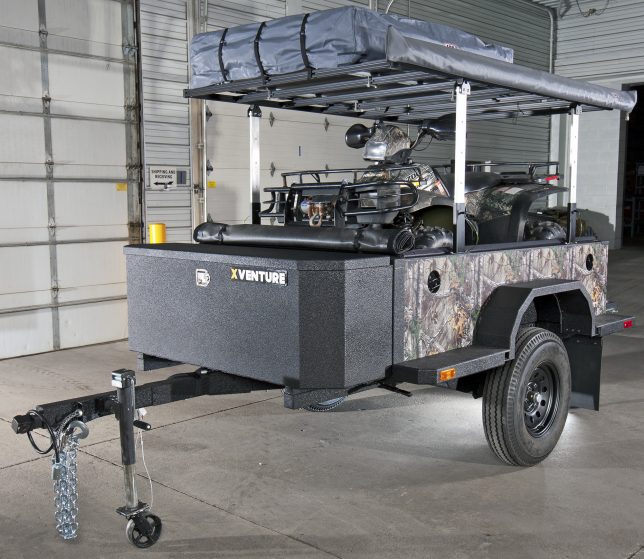
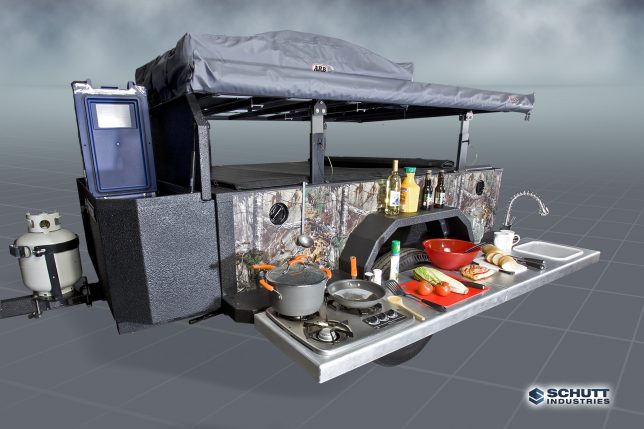
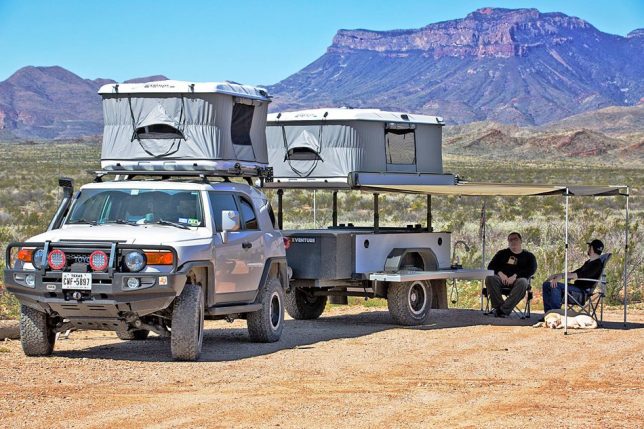
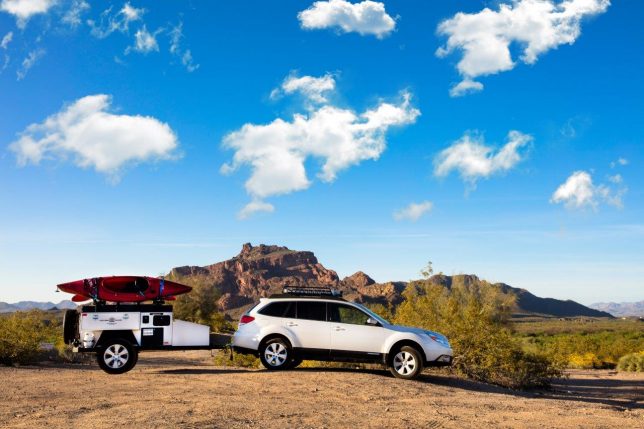

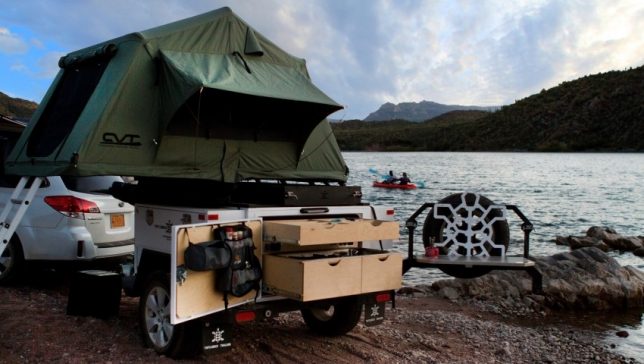
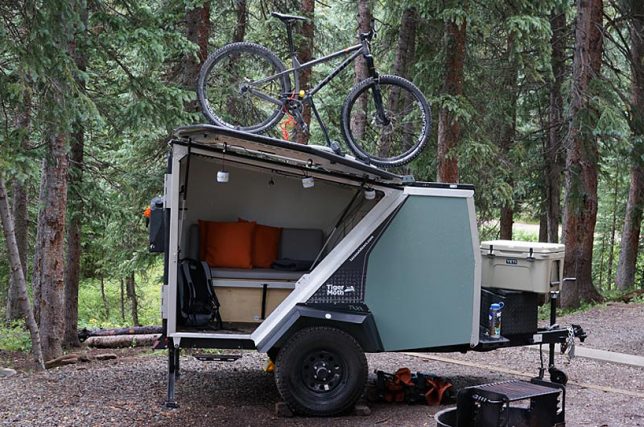
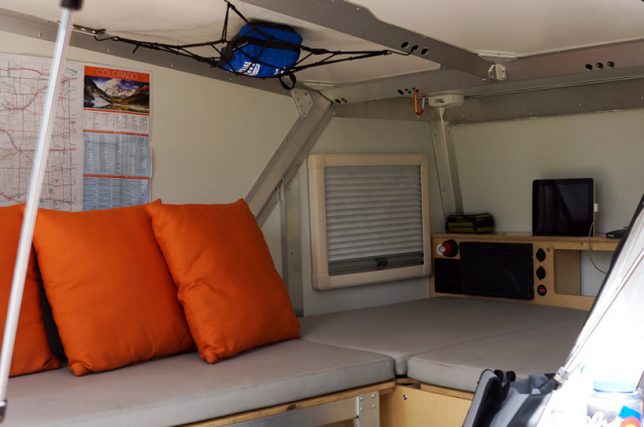





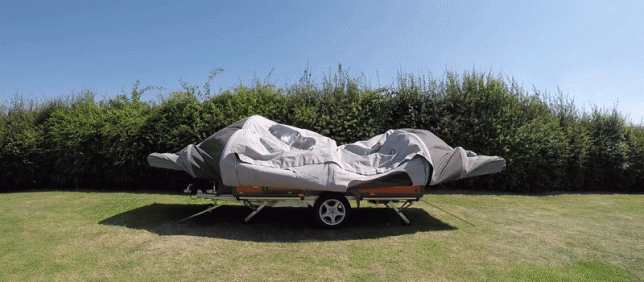

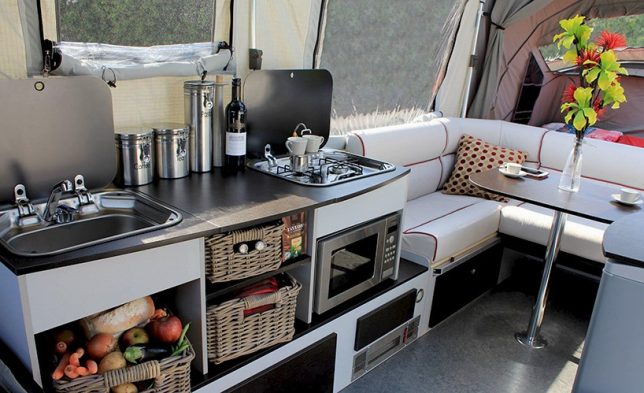
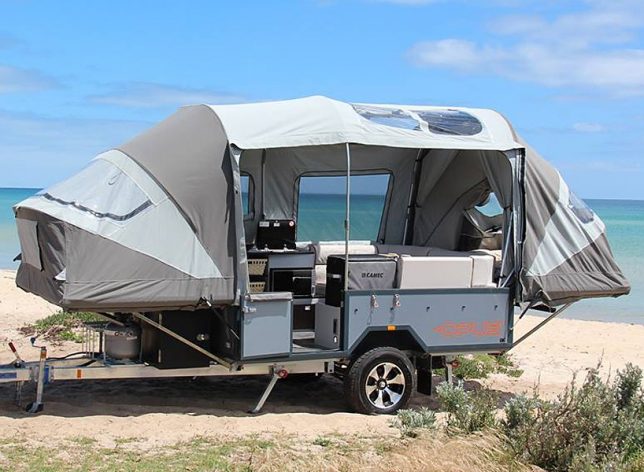
























You must be logged in to post a comment.